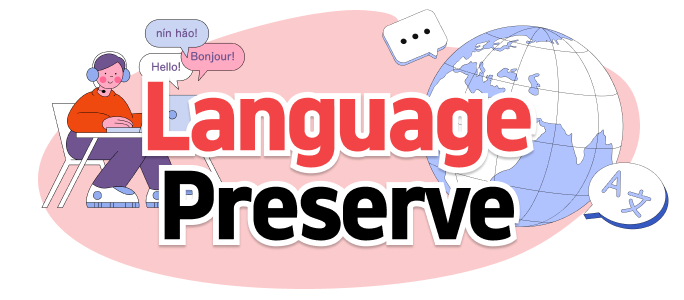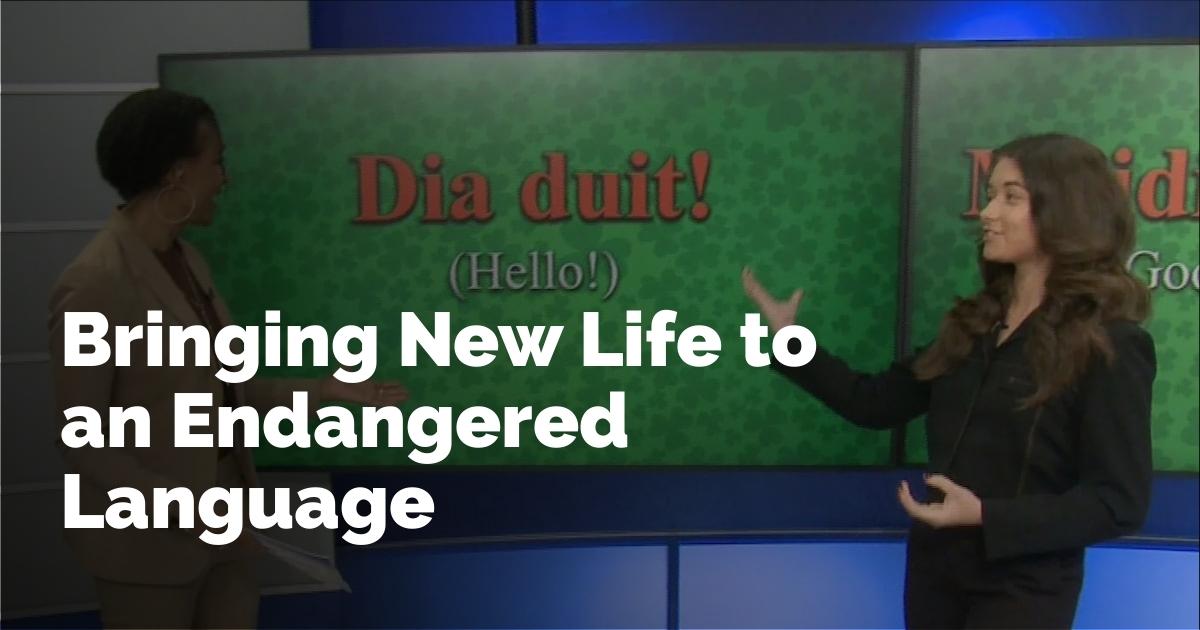Reviving an Endangered Language: The Journey of the Irish Language
In recent years, there has been a noticeable resurgence of interest in learning the Irish language, a tongue that has faced significant challenges over the centuries. This renewed enthusiasm is not only a testament to the cultural richness of Ireland but also a reflection of global movements to preserve endangered languages. In this discussion, we delve into how educators like Clíodhna Ní Chorráin are playing a crucial role in this revival effort and what it means for the future of the Irish language.
The Historical Struggles of the Irish Language
The Irish language, also known as Gaeilge, has a long history intertwined with the island’s complex socio-political landscape. In the past, steep declines in native speakers were primarily due to English colonization. Over the centuries, policies that favored the English language in politics, business, and education led to a significant drop in the number of Irish speakers. By the 20th century, Irish was designated as an endangered language, with fewer and fewer native speakers.
The Modern Revival Movement
Today, there is a growing movement aimed at revitalizing Gaeilge, thanks in part to passionate instructors and cultural advocates. The Irish government, recognizing the language’s critical condition, has implemented educational policies and media initiatives to promote Irish. National broadcasters have increased Irish-language programming, and new technology has made learning Irish more accessible to a global audience.
The Role of Educators Like Clíodhna Ní Chorráin
Educators are at the heart of this revival. Clíodhna Ní Chorráin, an Irish language instructor, is one of many dedicated individuals committed to restoring Irish as a vibrant part of daily life. Through workshops, courses, and leveraging digital platforms, Clíodhna and her contemporaries are introducing practical and engaging ways to learn Irish.
Clíodhna’s approach includes interactive learning experiences designed to immerse students in both language and culture. Her methods emphasize not just grammar and vocabulary, but also the rich history and literature of the Irish-speaking world. This holistic approach helps students understand the broader significance of the language.
Technology’s Impact on Language Learning
Advancements in technology have provided new opportunities for endangered languages like Irish. Language apps, online courses, and virtual communities have made it easier for people worldwide to learn Irish. These resources cater to various learning styles, using multimedia content to make the language accessible and engaging.
Technology has also enabled real-time communication between learners and native speakers, fostering a community of practice that transcends geographical boundaries. Language exchange programs and social media groups offer students a chance to converse in Irish, hear authentic pronunciation, and contextualize their learning with contemporary usage.
Cultural Significance and Global Interest
The cultural renaissance surrounding the Irish language is not limited to Ireland alone. With the rise of global interest in cultural heritage and identity, people of Irish descent, as well as those fascinated by Irish culture, are increasingly drawn to the language. The Irish diaspora, particularly in countries like the United States, Canada, and Australia, has been instrumental in promoting Irish through cultural festivals and Irish studies programs at universities.
Additionally, Irish music, literature, and art have played a significant role in sparking interest. Artists, musicians, and writers who incorporate Irish into their works help expose the language to wider audiences, making it a living language rather than a historical relic.
Challenges in Reviving Irish
Despite the positive momentum, there are still challenges to overcome in the journey to revive the Irish language fully. A prominent issue is the need for comprehensive education starting from early childhood. While Irish is compulsory in schools across Ireland, the quality and efficacy of teaching can vary greatly. Moreover, in predominantly English-speaking areas, opportunities to use Irish daily may be limited, which can hinder fluency and long-term retention.
Another challenge is the perception that Irish is difficult to learn or that it has limited utility in the modern world. Addressing these misconceptions requires ongoing public education and tangible demonstrations of Irish's relevance in contemporary society.
The Future of the Irish Language
The future of the Irish language depends on sustained efforts from government bodies, educational institutions, and communities around the globe. With a blend of traditional instruction and innovative methods, the possibility of Irish thriving once again is real and attainable.
By continuing to celebrate and integrate Irish into various aspects of life, from media to education and technology, the language can overcome its challenges. The dedication of language instructors like Clíodhna Ní Chorráin inspires hope that Irish will continue to flourish, carrying with it a rich cultural legacy for future generations to appreciate and cherish.
The revival of the Irish language is not just about the preservation of words and grammar, but a celebration of a people’s identity, their stories, and their unique place in the world. As we look ahead, the efforts of today will lay the foundation for a vibrant linguistic and cultural landscape tomorrow.
출처 : Original Source

